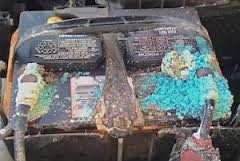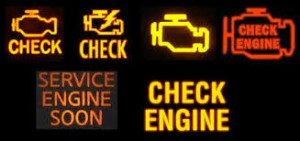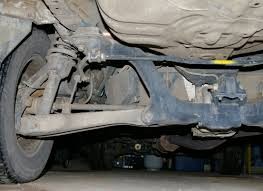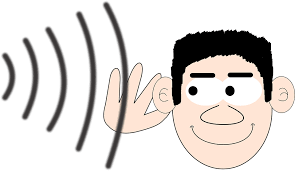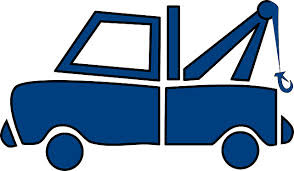Car trouble doesn’t always mean major repairs. Here are some common causes of vehicle issues, and techniques to help you find the problem, and either fix it yourself or bring it into the shop and have one of our technician fix it.
- Alternator – Loose wiring can make you alternator appear to be defective. Our technicians check for loose connections and perform output test, before recommending replacing your alternator.
- Battery – Corroded or loose battery terminals can make your battery appear to be dead or defective. You can clean them, or we would be happy to do that for you. We would also test your battery function, to make sure that it is still strong, as to not leave you stranded.
- Starter – What appears to be a defective started actually may be a dead battery or poor connection. We would check all of the connections, and test your battery before repairing or replacing your starter.
- Muffler – a loud rumbling noise under you vehicle indicates a need for a new muffler or exhaust pipe.
- Tune-up – The old fashioned “tuneup” may not be relevant to your vehicle. Fewer parts, other than belts, spark plugs, hoses and filter need to be replaced on newer vehicles. We check all of these parts every time you visit us to make sure that you vehicle is maintained and in good shape for a long time
#vehiclemaintenace #autorepairwoodinville #mufflerrepair

